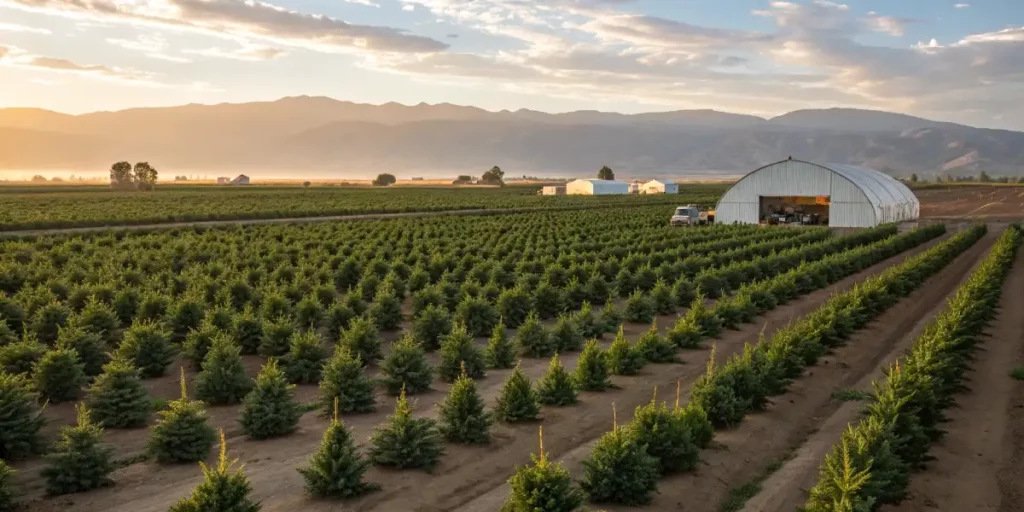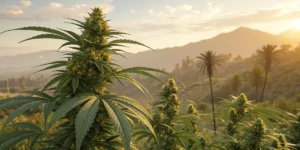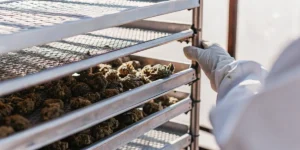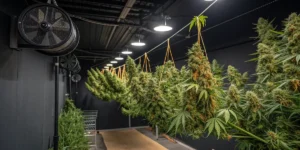Light dep weed, short for light deprivation cannabis, is a game-changer for growers. This method tricks your plants into thinking it’s fall, inducing earlier flowering. It allows for multiple harvests in one season. This approach is particularly useful for those who want to maximize their yields without extending the growing season.
Imagine having greater control over the flowering stages of your marijuana plants. With light deprivation techniques, you can achieve just that. By controlling the amount of light your plants receive, you can speed up the flowering process, leading to a quicker harvest.
This method is perfect for growers who want to optimize their space and resources. The benefits of light deprivation cultivation are numerous, including saving time and potentially increasing the number of harvests per year. Whether you’re a new cultivator or an experienced one, this approach can offer significant advantages.
Benefits of Light Dep Weed Cultivation
One of the primary benefits of light dep weed cultivation is the ability to harvest multiple times a year. This method allows for shorter growth cycles, meaning you can produce more cannabis without needing additional space. It’s an efficient way to maximize your grow operation.
Another great benefit is the quality of the yield. When you control the growing environment, you can improve the quality of your cannabis. Light dep greenhouse cannabis yield is known for being consistent and high-quality, offering a superior product for consumers.
Moreover, this cultivation method allows growers to better manage their resources. By planning the growth cycles more strategically, both time and energy consumption can be optimized. This is particularly beneficial for those operating on a tight budget or looking to reduce their environmental footprint.
Additionally, shortening the growing season and having more control over the environment helps mitigate the risk of pest infestations. With less time for pests to attack and damage the crop, plants can stay healthier and produce more bountiful harvests.
Light Dep Weed Growing Techniques
Light deprivation cannabis growing techniques involve using blackout tarps or light-proof covers to limit the amount of light your plants receive. This simulates shorter days, prompting the plants to enter the flowering stage sooner. It’s a straightforward method that can be easily implemented in greenhouses or outdoor settings.
Timing is crucial when it comes to light weed. You’ll need to ensure your plants receive the right amount of light each day. Typically, this involves covering your plants for 12 hours of darkness each day. This mimics the natural light cycle of fall, encouraging your plants to flower.
For optimal results, it’s essential to maintain a consistent schedule. Any deviation can confuse the plants, potentially delaying the flowering process. Investing in automated systems can help ensure that light deprivation techniques are applied with precision and consistency.
Furthermore, knowing the specific needs of each cannabis strain is vital. Some strains may require slight adjustments in light exposure or environmental conditions to thrive under light deprivation methods. Experimenting and keeping detailed records can help fine-tune the process for future success.
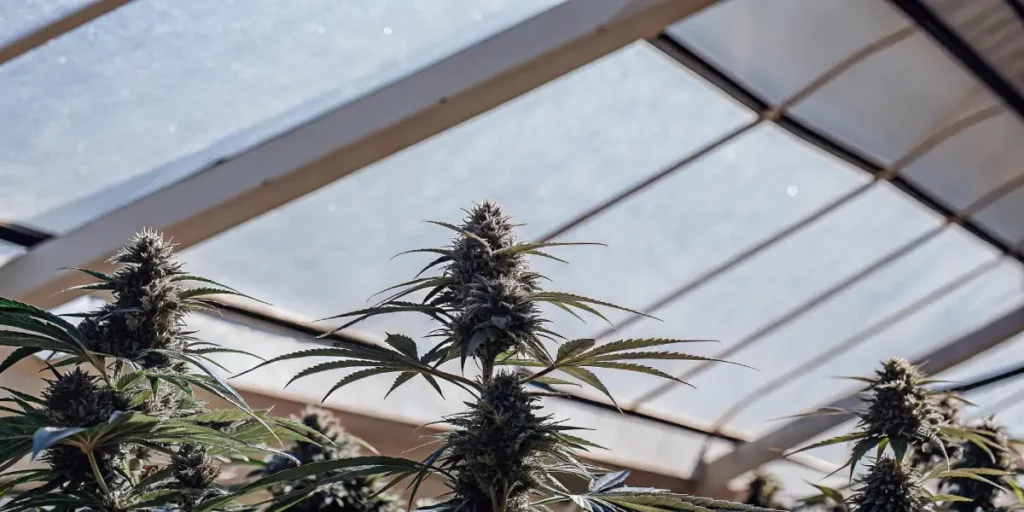
Light Dep Marijuana Flowering Stages
The flowering stages of light dep marijuana are similar to traditional growing methods. However, the process is accelerated. Initially, your plants will begin to show signs of flowering within a few weeks of starting the light deprivation process.
During these stages, it’s essential to monitor your plants closely. Look for changes in the buds and leaves to ensure they’re developing correctly. You’ll also need to maintain the light deprivation schedule to keep your plants on track.
As the plants progress through the light dep marijuana flowering stages, you may notice changes in aroma and resin production. These are positive indicators that the plants are maturing well under the controlled light conditions.
It’s also important to adjust the feeding and watering schedule during these stages to meet the plants’ changing nutritional needs. Proper care during the flowering phase can significantly impact the final light dep weed harvest timing and overall yield quality.
Harvest Timing
Timing your light dep weed harvest is crucial for optimizing yield and potency. You’ll typically be looking at a harvest period of 6 to 8 weeks after initiating the flowering stage. Keep an eye on the trichomes, as their color can indicate the best time to harvest.
Some growers prefer a slightly earlier harvest for a more cerebral high, while others wait for a more mature plant for a sedative effect. It’s all about personal preference, so don’t hesitate to experiment with different harvest times to find what works best for you.
Knowing harvest timing is essential for achieving the desired effects from your crop. By closely observing the plant’s maturation and trichome development, you can fine-tune the harvest to match your specific goals.
Besides to trichome color, pay attention to other plant signals such as leaf yellowing or the pistils’ color change. These can also provide valuable insights into the optimal harvest window.
Popular Strains
Choosing the right strain is key to a successful light dep weed operation. Some strains are naturally more suited to this method, offering better results in terms of yield and quality.
Purple Kush is a popular choice among growers using light dep methods. This strain is known for its resilience and adaptability, making it an excellent option for both new and experienced cultivators.
When selecting strains for this method, consider those known for their fast flowering and robust growth. These characteristics can enhance the benefits of light deprivation cultivation by ensuring a swift and productive cycle.
Strains that have been bred specifically for controlled environments often perform exceptionally well with light deprivation cannabis growing techniques. Researching and choosing strains with these traits can lead to more rewarding harvests.
Cannabis Strains to Try
Girl Scout Cookies is another strain that thrives under light dep conditions. With its potent effects and aromatic profile, it’s a favorite among those looking to maximize their harvest.
Additionally, consider Sour Diesel. This strain’s robust growth and high yield potential make it a great candidate for light deprivation methods. It offers a powerful, energetic high that many users find appealing.
For those seeking variety, experimenting with hybrids can offer unique experiences. Hybrids often combine the best traits of different strains, providing a balanced and versatile option for light dep weed growers.
Always evaluate the growing conditions and adjust your approach based on the specific needs of each strain. This attention to detail can enhance both the process and the outcome, ensuring a successful cultivation experience.
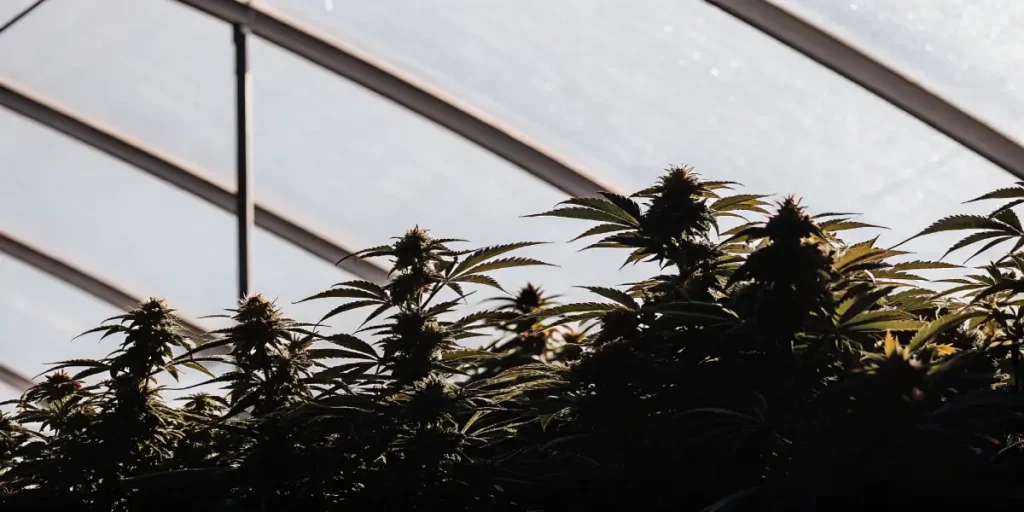
FAQs
What is light dep weed?
Light dep weed refers to cannabis grown using light deprivation techniques. This method involves controlling the light exposure your plants receive, simulating shorter days to induce early flowering. It’s a popular method for maximizing yield and quality, and it can be especially useful when cultivating unique varieties like a black strain, known for its striking appearance and distinctive effects.
Growers use light-proof covers or blackout tarps to manage light exposure. By doing this, you can prompt your plants to enter the flowering stage sooner, allowing for multiple harvests within a single growing season.
Knowing the principles of light deprivation cannabis growing techniques can significantly enhance your ability to produce high-quality cannabis. It allows for precise control over the plant’s growth cycle, leading to more predictable and desirable outcomes.
By adopting light deprivation techniques, cultivators can also mitigate some of the challenges associated with outdoor growing, such as weather unpredictability and pest issues. This makes it a versatile and reliable approach for diverse growing environments.
How does light dep weed differ from traditional growing?
Traditional growing relies on natural light cycles, which can limit the number of harvests to one per year. Light dep weed, however, allows for multiple harvests by manipulating light exposure. This method offers more control over the growing environment.
In terms of quality, cannabis grown under controlled conditions is often superior. Growers can enhance characteristics such as potency, flavor, and aroma by managing light and other environmental factors.
This cultivation method also provides flexibility in terms of timing and planning. Growers can schedule their cycles to meet market demands or personal preferences, providing a strategic advantage over traditional methods.
Furthermore, the precision of light deprivation techniques often results in better resource management, reducing waste and improving overall sustainability of the grow operation.
What equipment is needed for light dep weed cultivation?
The primary equipment required is a light-proof cover or blackout tarp. This is used to limit the light exposure your plants receive, mimicking shorter days. The cover should be durable and easy to manage.
You’ll also need a reliable timer to help maintain a consistent light schedule. This ensures your plants receive the correct amount of darkness, triggering the flowering stage at the right time. Other tools include basic gardening supplies like pots, soil, and nutrients.
Investing in high-quality equipment can make a significant difference in the success of your light dep weed operation. Automated systems for light control can reduce labor and improve consistency in your grow cycles.
Additionally, consider utilizing environmental controls such as fans, heaters, or humidifiers to maintain optimal growing conditions throughout the season. These can further enhance the benefits of light deprivation cannabis growing techniques.
Which strains are best for light dep weed?
Some strains naturally perform better under light dep conditions. These include Purple Kush, known for its resilience, and Girl Scout Cookies, prized for its potent effects.
Another excellent choice is Sour Diesel, which offers a high yield and robust growth. These strains adapt well to the controlled conditions of light dep cultivation, providing growers with reliable results.
Researching and knowing the growth characteristics of each strain can help you tailor your light dep weed strategy for maximum effectiveness. This knowledge allows you to predict and manage growth cycles more efficiently.
Consider reaching out to other growers or forums for insights on which strains have performed well in similar light dep environments. Sharing experiences can lead to valuable tips and tricks that enhance your cultivation practices.
How do I know when to harvest light dep weed?
Timing your harvest is crucial for optimizing the yield and potency of your light dep weed. Typically, you’ll want to harvest 6 to 8 weeks after the flowering stage begins. Monitor the color of the trichomes as a harvest indicator.
Many growers use magnifying tools to better assess trichome color. Clear trichomes suggest it’s too early, while cloudy or amber trichomes indicate readiness. Adjust your harvest based on the desired effects, whether you prefer a cerebral or sedative high.
Keeping detailed records of past harvests can aid in refining your harvest timing. This data can help predict future harvest windows and improve consistency in your results.
In addition to visual cues, the aroma and stickiness of the buds can also provide hints about harvest readiness. Trusting your senses alongside scientific observation can lead to the best possible outcomes.

